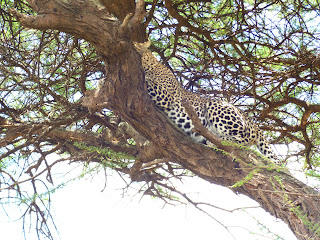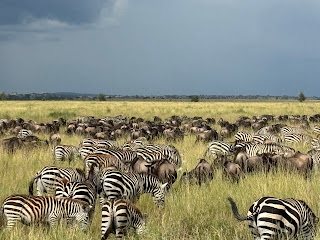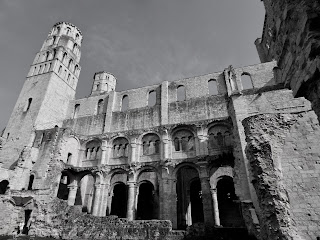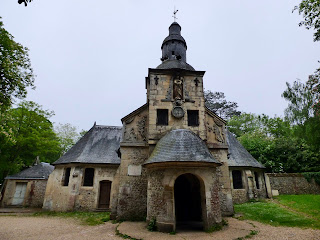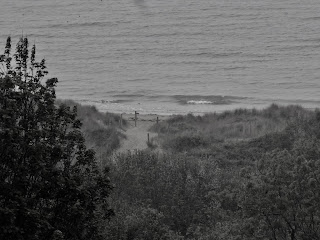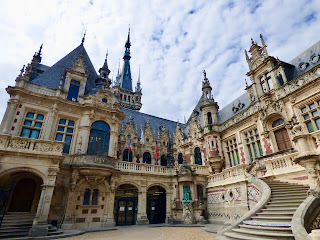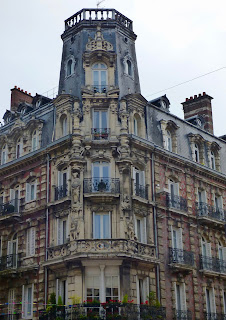Once upon a travelogue...
Tuesday, April 1, 2025
Tanzania...and the Serengeti
Monday, March 31, 2025
Tanzania...a bit of background
March, 2025
Tanzania, an East African country situated just south of the equator and the 13th largest in Africa, became a sovereign state in 1964, through the joining of Tanganyika and Zanzibar. It's bordered on the east by the Indian Ocean and several other countries and lakes on the north, west, and south. Enormous stretches of plains and plateaus make up a large part of its geography along with Kilimanjaro, Africa's highest mountain in the mountainous and forested north-east and Lake Tanganyika, the world's second deepest lake.
Tanzania's history goes back to the first millennium and it became an important trading center by the mid-8th century. Like many African countries, its history experienced foreign domination, especially by Germany and England, the slave trade and forced labor, and inter-tribal rebellions. Today, Tanzania is independent with a constitution, elections, and, currently, a female president. That being said, the country has a relatively poor human rights record and critics of the government have been abused by the police. Women and men have equality before the law, although, like all over the world, cases of sexual violence, primarily within families, still exist. The positive development is that the prevalence of female genital mutilation has markedly decreased; this, primarily through the work of an organization that educates both men and women about the "barbarity" of the practice.
Education in Tanzania is compulsory until the age of 15 and an increasing number of students continue on through secondary and even tertiary education. There are over 100 languages spoken in the country, although English and Swahili are the two major ones and many young children speak Swahili as their first language.
Tanzania is considered to be a developing/emerging lower-middle income economy and depends heavily on tourism. The country's 21 national parks, game and forest reserves, and the Ngorongoro Conservation Area make it a highly desirable place for safaris, especially since Tanzania has the largest lion population in the world.
Sunday, March 30, 2025
Tanzania...and the beginning of a new story
March, 2025
There is something about Africa that deeply soothes my heart. I've been privileged to have spent time in eight sub-Saharan countries, each visit with a safari as its focus. To be surrounded by the majesty of animals who live as they were intended, the beauty, the grace, the raw power, both of predator and prey, always leaves me in awe and ever mindful that when they fight, it is for their survival and nothing else.
Although I spent time in Tanzania over ten years ago, I chose to return to celebrate a special birthday in a tent camp in the Serengeti...and I could not have asked for a better place to make a wish and blow out the candles on my cake.
It wasn't only the animals that touched me, however, but also the most delightful, gracious, and welcoming Tanzanians who became a part of my life, if only for a small space of time.
A brief intro to my adventure...













